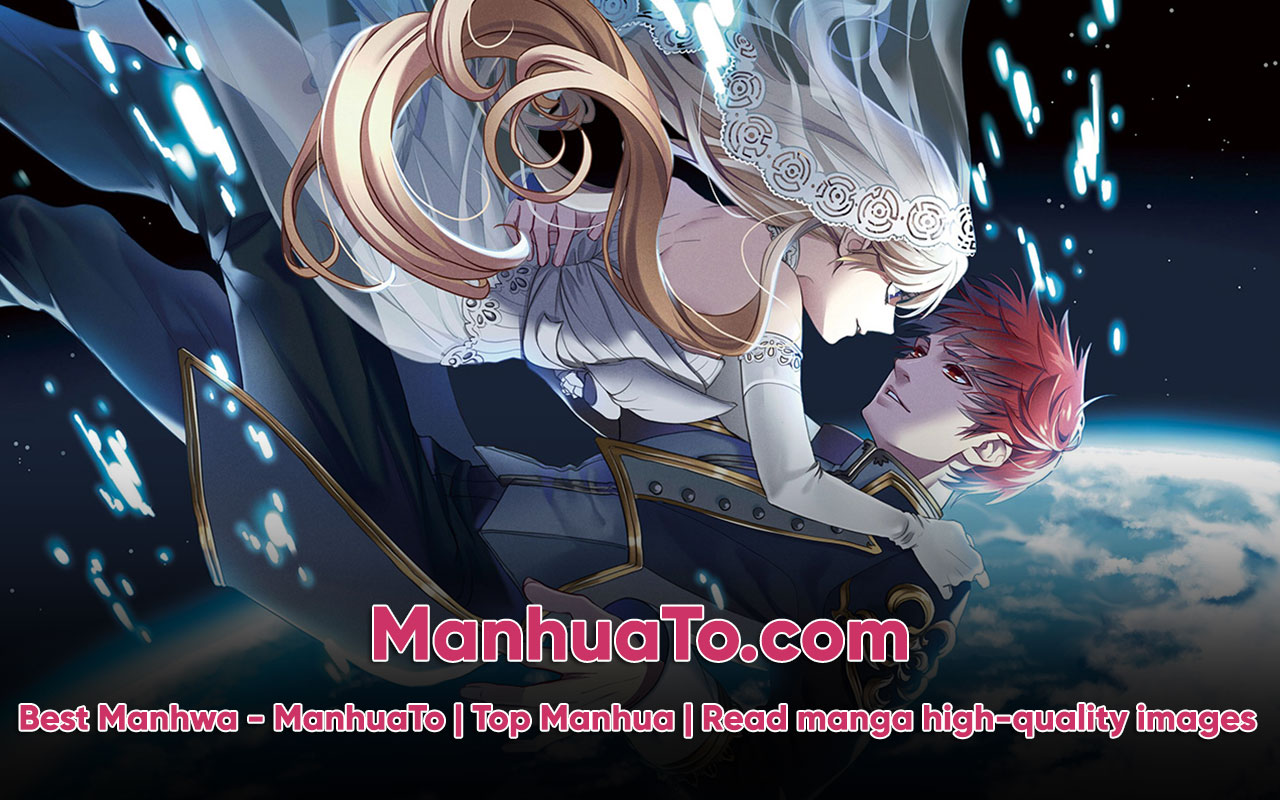In the dynamic realm of webcomics, manhwa—a genre rich in tradition and culture—stands out as a distinct art form that invites readers into its captivating narratives. As aficionados traverse this vibrant landscape, they encounter the latest phenomenon: the first edition insights of manhwa. This exploration delves into the last step of the way, revealing the nuances of storytelling, artistry, and character development that promise a paradigm shift in how we perceive this medium.
The Evolution of Manhwa: A Brief Overview
Manhwa, originating from South Korea, has transcended regional boundaries, captivating audiences across the globe. Its roots date back to the late 19th century, but it gained widespread popularity in the late 20th and early 21st centuries. Unlike its Japanese counterpart, manga, manhwa is presented in a full-color format and is generally read from left to right. This stylistic choice, combined with distinct themes and character designs, has contributed to its growing appeal.
As we consider the first edition insights, it’s crucial to appreciate the evolution of manhwa and its transition from print to digital formats. With the advent of online platforms, creators have adapted to new technologies, allowing for innovative storytelling techniques and a shift towards accessibility. This evolution serves as the backdrop for the latest manhwa, which often features intricate plotlines and multi-dimensional characters.
Artistry in Manhwa: A Visual Symphony
The aesthetic component of manhwa cannot be overstated. Artists meticulously craft each panel to convey emotion, atmosphere, and action. The first editions often showcase a higher caliber of artistry, reflecting the evolution of techniques and tools available to creators. In these volumes, one can observe the intricate interplay between color and shading, which enhances the narrative’s emotional depth.
Distinguished manhwa artists often employ a blend of traditional and digital methods, cultivating a style that resonates with readers. The use of dynamic layouts captures the reader’s attention, leading to a more immersive experience. In such creative endeavors, artists propel readers into the heart of the story, igniting curiosity and engagement with each turn of the page.
Thematic Depth: Exploring the Human Experience
One of the hallmarks of compelling manhwa is its ability to weave together complex themes that resonate on various levels. Themes such as love, friendship, betrayal, and personal growth permeate the stories, inviting readers to reflect on their own experiences. In the first edition of a manhwa, the introduction of key themes is crucial; it establishes a foundation upon which the characters will evolve.
Furthermore, the emotional stakes in these narratives are often palpable. Characters grapple with their flaws, confront their fears, and navigate relationships that shape their identities. This exploration of the human experience enriches the text, evoking empathy in readers, who can see fragments of their own lives mirrored in the tales spun by the creators.
Narrative Innovation: Breaking the Mold
The first edition insights provide a remarkable opportunity to witness narrative innovation in manhwa. Creators are increasingly experimenting with storytelling structures, utilizing non-linear timelines and multiple perspectives to create a more nuanced reading experience. These techniques not only pique curiosity but also invite readers to engage actively with the text, piecing together plotlines that may not be immediately apparent.
The incorporation of unexpected plot twists enriches the narrative, as tension builds and resolutions unfold. Such innovations challenge the conventions of traditional storytelling, fostering an atmosphere of unpredictability that keeps readers on the edge of their seats. It is within these pages that one can discern the potential of manhwa to evolve continuously, adapting to the changing landscape of narrative expectations.
Characterization: The Essence of Relatability
At the core of every engaging story lies its characters. In the first editions of manhwa, character development plays a pivotal role in the story’s success. Creators invest significant time in crafting multidimensional figures, each imbued with unique motivations and backgrounds. Through their journeys, characters resonate with readers, drawing them into their struggles and triumphs.
The dynamic relationships between characters often serve as the fulcrum of the narrative. Themes of loyalty, rivalry, and unrequited love are explored with sensitivity and authenticity, allowing readers to form emotional connections. Manhwa excels in showcasing the complexity of human interactions, emphasizing that relationships are seldom black and white. Such authenticity fosters relatability, making the reader’s investment in the characters’ journeys all the more profound.
Curiosity as a Catalyst: The Appeal of the Unknown
Curiosity emerges as a driving force in the consumption of manhwa. First editions, in particular, craft a tantalizing sense of suspense that beckons readers to explore further. Unanswered questions linger at the end of each chapter or volume, compelling readers to delve deeper into the storyline. This structural choice not only maintains engagement but also cultivates a community of enthusiasts eager to speculate about potential outcomes and character arcs.
The ritual of reading manhwa transforms into an anticipatory experience. Discussions flourish across forums and social media, as aficionados dissect plot twists and theorize over character motivations. This communal aspect creates a shared investment in the narrative, enhancing the overall enjoyment of the medium.
Conclusion: The Transformative Power of First Edition Insights
The last step on the way—first edition insights—illuminates the transformative power of manhwa. As creators push the boundaries of artistry, storytelling, and characterization, readers are ushered into a realm of profound exploration. The themes, innovative narratives, and richly developed characters beckon the curious, inviting them to engage with the material on multiple levels. As the genre continues to evolve, the promise of manhwa remains unyielding, ensuring that it will remain a compelling fixture in the landscape of contemporary storytelling.

